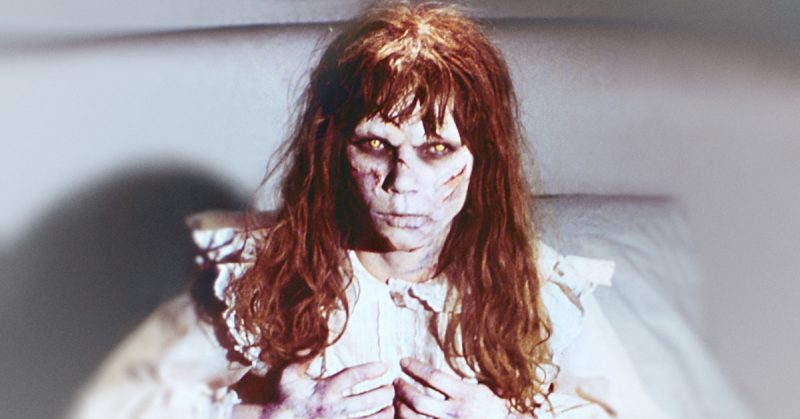Horror films allow us to explore our fears in a safe, secure environment. We can take comfort from knowing that the monsters before us are made up.
Except when they’re not…
While many horror films are entirely fictional, there are some films which are inspired by true events.
When you watch them, it is that much harder to turn the TV off or walk out of the cinema believing that you are truly safe.
The Exorcist (1973)
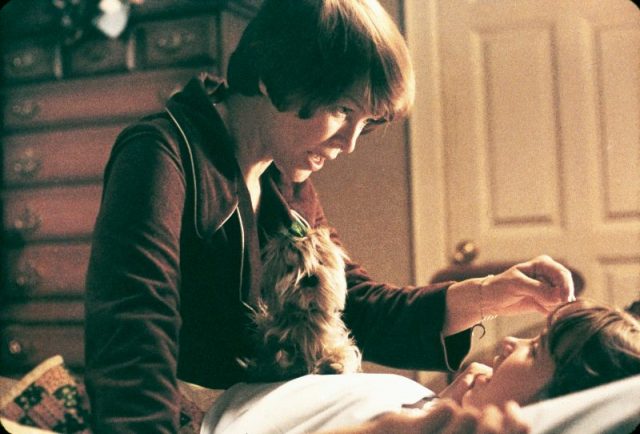
This film was considered so disturbing that the British Board of Film Classification banned the sale of VHS copies in 1988. Only in 1999 was the ban lifted with the statement that it was “still a powerful and compelling work” but that it “no longer had the same impact as it did 25 years ago.”
This controversial film was based on a real story that appeared in The Washington Post in 1949.
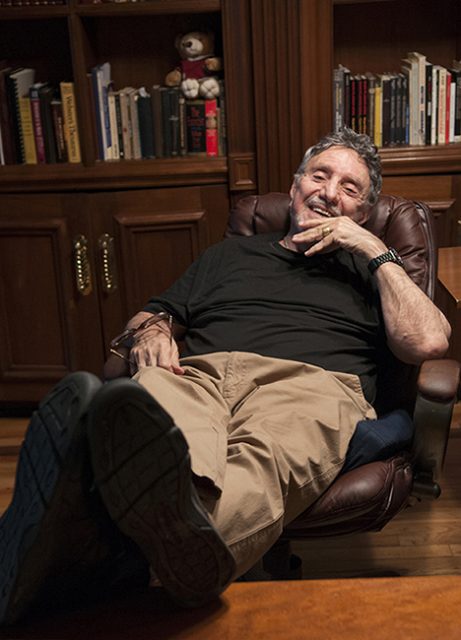
William Peter Blatty read an article entitled “Priest Frees Mt. Rainier Boy Reported Held In The Devil’s Grip” and decided to write a book about the event. This book was subsequently turned into a film, The Exorcist.
The real story didn’t involve a little girl but a little boy, referred to as Roland Doe to protect his identity. Roland was an only child who had a close relationship with his aunt, Harriet. It was she who introduced him to the Ouija board.

When Harriet died in January 1949, the family reported objects moving about on their own and flying. Being Lutherans, they sought the help of their pastor, Luther Miles Schulze.
Roland spent a night at Schulze’s house, after which the pastor recommended the family seek out a Catholic priest for an exorcism. The general feeling was that Harriet’s spirit was somehow involved.
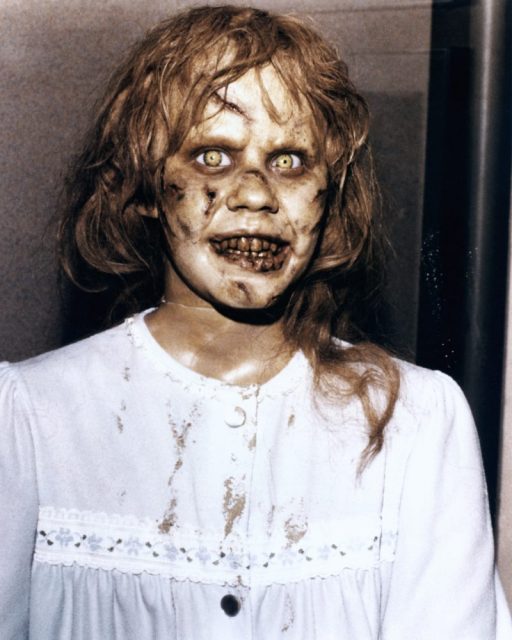
Roland underwent several exorcisms. First, there was Edward Hughes who performed an exorcism at Georgetown University. Roland broke free of his restraints during the ritual and slashed the priest’s arm with a bedspring.
At the home of Roland’s cousin, Raymond J. Bishop and William S. Bowdern both performed an exorcism, during which they witnessed shaking beds and flying objects. Roland also addressed them in a guttural voice.
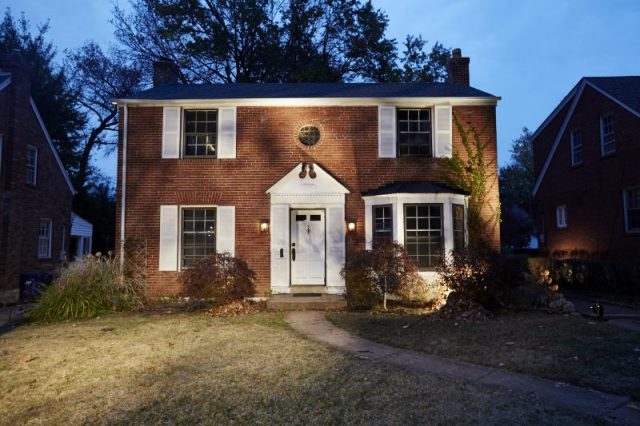
Bowdern conducted another exorcism at The Alexian Brothers Hospital in South St. Louis, Missouri. He was assisted by two others: Walter Halloran and William Van Roo. During the Litany of Saints, the bed began to quiver. Roland would react violently if anything sacred was brought near to him.
Eventually, on April 18th, a turning point was reached. The priests around Roland called on St. Michael to save the boy, and the boy went into a trance. After seven minutes, he came round and said simply, “He’s gone.” He then described how he’d seen St. Michael vanquish the Devil on a great battlefield.
After that, Roland experienced no strange events. He went on to live a normal life, got married and had a son, whom he named Michael, after his saving angel.
Psycho (1960), The Texas Chainsaw Massacre (1973), and Deranged (1974)
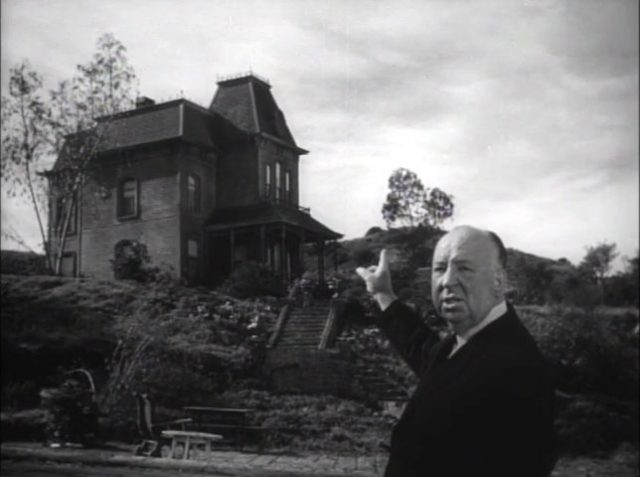
After a secretary who embezzled $40,000 from her employer goes missing, her fiancée and sister come looking for her. While fiancée, Sam, talks to Norman, the owner of Bates’ Motel, her sister, Lila, searches Norman’s house.
She finds the desiccated skeleton of Norman’s mother in the basement and then is jumped from behind by what appears to be an old woman. But when Sam saves her, they discover it’s not an old woman at all, but Norman Bates dressed in his mother’s clothes…
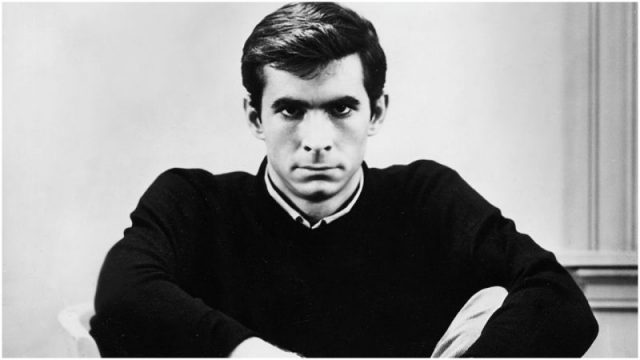
Concerned that their grandfather’s grave might have been violated by a recent spate of vandalization in the graveyard, Sally and Franklin Hardesty head to rural Texas. They take three of Sally’s friends with them. When they are tempted to investigate an abandoned house, the five teenagers find themselves at the mercy of “Leatherface,” a murderer who wears a mask of human skin…
Ezra Cobb’s mother is a religious fanatic who drills into her son that he must abhor women. After her death, Ezra begins a series of murders and grave-robbings. When Mary Ransum reluctantly accepts a lift from Ezra because her car is broken down, what she does not expect to find is Ezra in his bedroom, surrounded by corpses, and wearing a face mask made of skin…
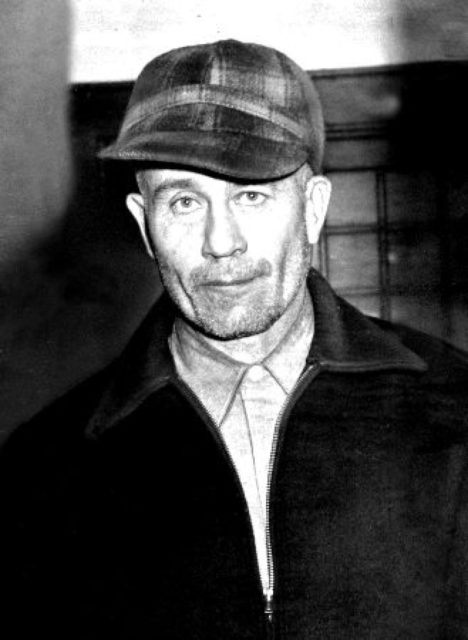
It’s hard to believe, but these three horrific storylines were inspired by the evil doings of just one man: Ed Gein.
Ed was born on August 27, 1906. He and his brother, Henry, lived in La Crosse County, Wisconsin with their mother, Augusta, and father, George.
George was an alcoholic and Augusta despised him. She was a religious fanatic and used the isolation of their farm to prevent visitors. She even punished Ed if he made friends at school.
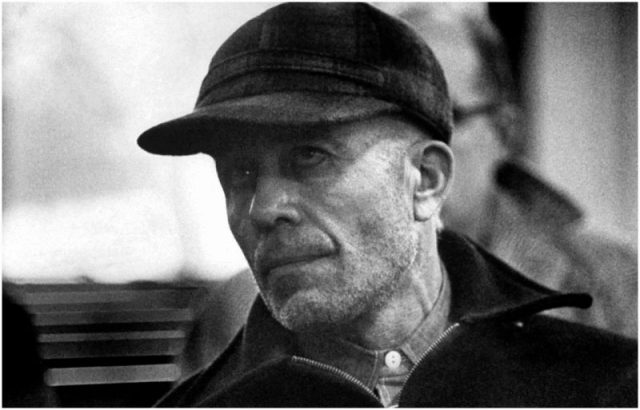
Each afternoon, she would read them passages from the Bible, telling the boys that drinking was a sin and that all women (apart from her) were evil.
George died on April 1, 1940, from heart failure caused by alcoholism. Henry was next to go, dying of apparent heart failure and asphyxiation while he and Ed were burning marsh vegetation on May 16, 1944.
Augusta suffered a paralyzing stroke after Henry’s death, and Ed spent many hours caring for her. When she finally died on December 29, 1945, he shut up her rooms and kept them pristine while he lived in squalor in a room next to the kitchen.
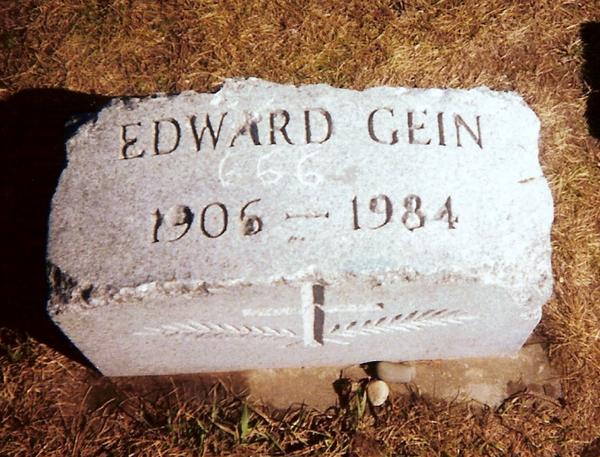
In November 1957, the police had cause to search Gein’s house. They found some incredibly grisly contents, including leggings and a mask made out of human skin, as well as human bones and skulls.
Upon being questioned, Ed admitted that he had robbed the graves of recently deceased women whom he thought resembled his mother. He’d planned to make a “woman suit” so that he could become like Augusta.
Ed’s life and crimes influenced not only the three films above, but he was also the inspiration for Buffalo Bill in The Silence of the Lambs and movies by Rob Zombie.
While all these films might deal in shocks and scares, the most frightening thing about them is that they were based on a real-life monster.
The Amityville Horror (1979)
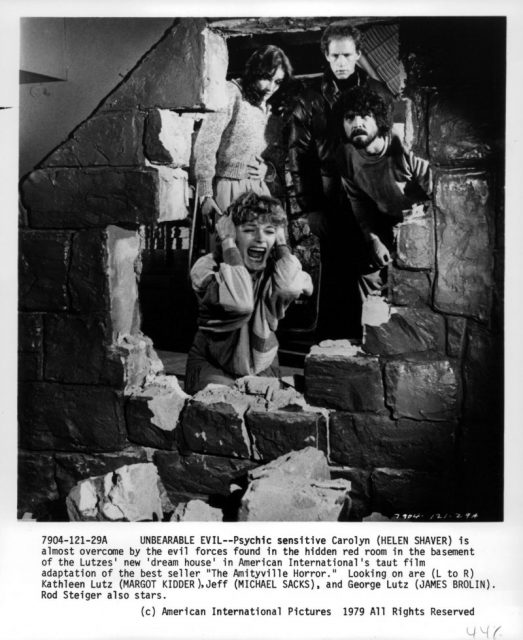
This haunted house film is based on events allegedly experienced by the Lutz family when they moved into 112 Ocean Avenue, Amityville, Long Island, New York.
This house had previously been the home of Ronald De Feo Jr. On November 13, 1974, Ronald killed his entire family — he shot his parents, Ronald and Louise, as well as his two brothers and two sisters, while they were all sleeping.
Ronald Jr. was arrested. Despite claiming that voices in the house made him do it, he was convicted for the murders and sent to prison. With no surviving family members, the house went on the market.
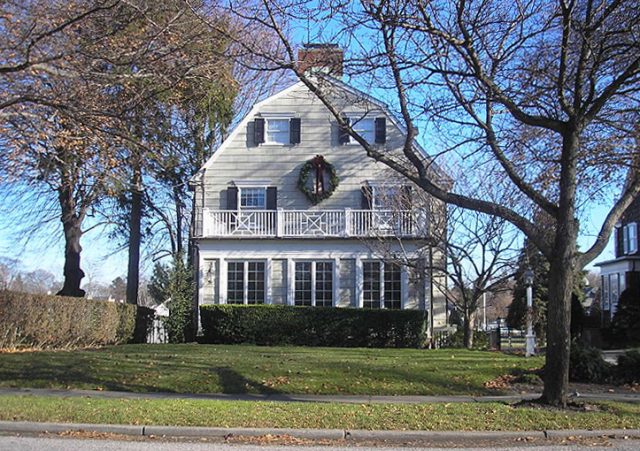
In 1975, George and Cathy Lutz moved in with their three children. They claimed that, shortly after they arrived, an unseen force wreaked devastation on the house and their lives.
Cabinets slammed shut, doors were ripped from their hinges, green slime oozed from the ceiling, bugs invaded, and a terrible, demonic face was glimpsed.
A priest was called to bless the house, but he was driven back with blisters on his hands. It seemed like Ronald Jr.’s claim that voices in the house made him act violently might not have been that far-fetched.
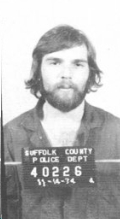
Paranormal experts and demon hunters were brought in to see what they could discover. They all agreed that there was some demonic presence in the house.
Eventually William Weber, who had been Ronald Jnr.’s lawyer, admitted that he and the Lutz family had made the story up “over many bottles of wine.” It’s very possible that they were influenced by The Exorcist as well, which had been released a few years previously.
One set of demon hunters consulted on this case was Ed Warren and his wife, Lorraine. Interestingly, the experiences of these two paranormal investigators also form the basis for the films A Haunting in Connecticut (2009), The Conjuring (2013), The Conjuring 2 (2016), and Annabelle (2014).
Read another story from us: Christopher Lee – The Man Who Embodied Dracula
While the demonic possession stories might have been made up, the terrible events surrounding the De Feo family are very much true.
